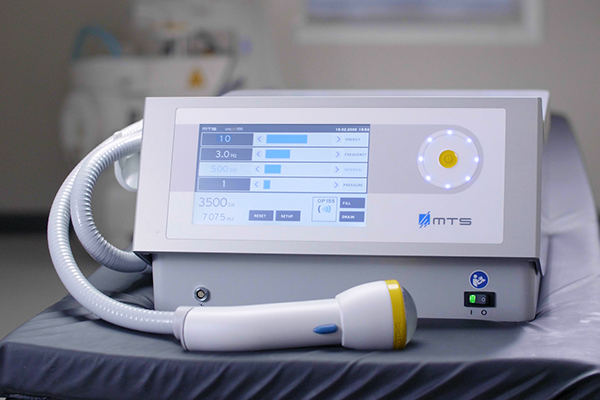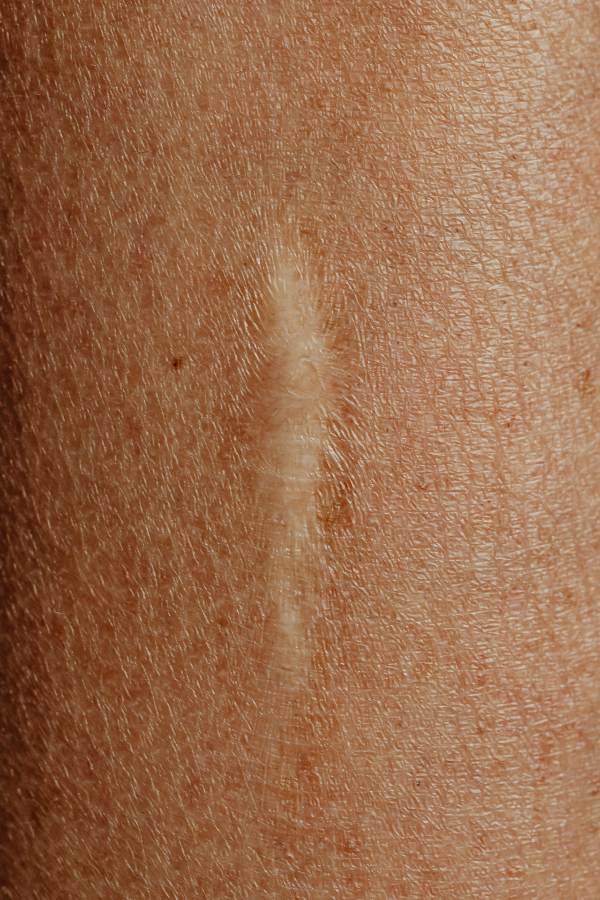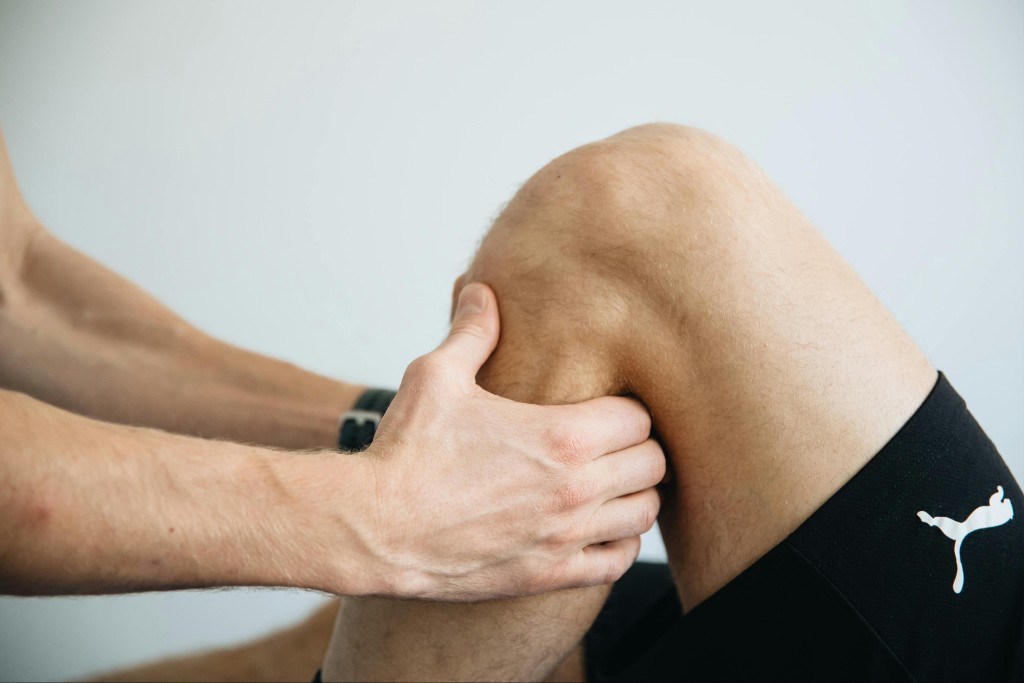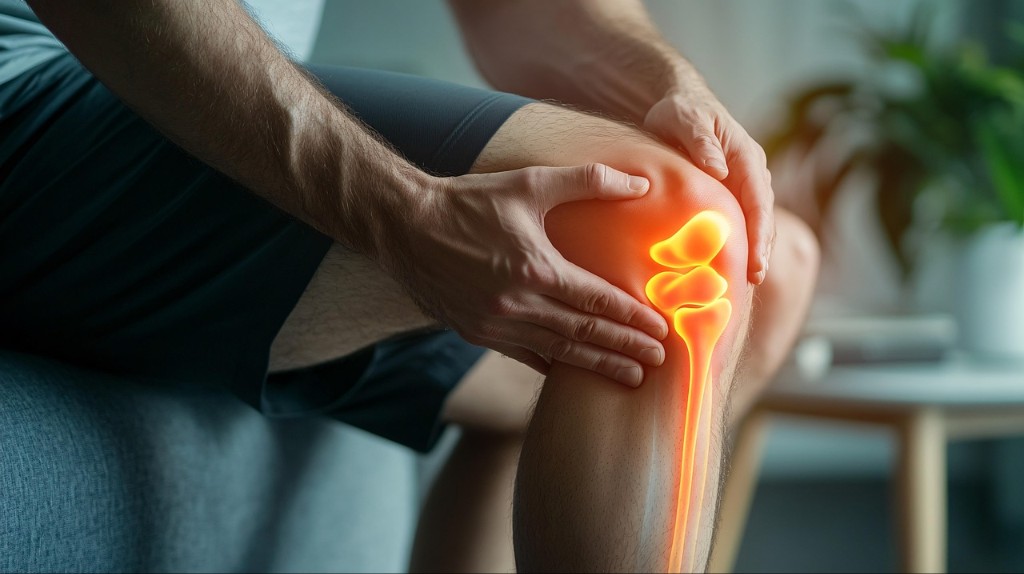Bursitis is a prevalent condition characterized by inflammation and pain in the bursae, the small, fluid-filled sacs that cushion the bones, tendons, and muscles near joints. Whether you’re a seasoned athlete, a desk-bound professional, or a retiree, bursitis can significantly disrupt your daily routine. The good news is that an innovative approach known as SoftWave therapy, based on shockwave technology principles, offers a hopeful solution to this bothersome condition. This non-surgical treatment targets the pain’s root causes and is an alternative to costly surgeries or prescription drugs, which may have potential side effects.
In this blog post, we will delve into:
- Causes of Bursitis
- Benefits of Shockwave Therapy for Bursitis
- How Shockwave Therapy Works
- What is a Shockwave?
- How do Shockwaves Treat Bursitis?
- Types of Shockwave Therapy
- Who is a Good Candidate for Shockwave Therapy?
- The Shockwave Therapy Procedure
- Shockwave Therapy Side Effects
- The Best Shockwave Therapy for Bursitis
Causes of Bursitis

Bursitis refers to the inflammation and pain that occurs in the bursa. The causes of bursitis can vary, and here are five common factors
- Repetitive Motion or Overuse: Frequent and repetitive activities, especially those related to certain jobs or sports, can cause excessive stress on the bursa, leading to inflammation. For example, regularly lifting heavy items, gardening, painting, or playing certain sports can potentially lead to bursitis.
- Acute Injuries: Direct trauma to a joint, such as a hard hit, fall, or other impact, can cause immediate damage and inflammation to the bursa, resulting in bursitis.
- Prolonged Pressure: Sitting or kneeling for long periods on hard surfaces can put prolonged pressure on the bursa, especially those located in the hips and knees. Over time, this can cause irritation and inflammation, leading to bursitis.
- Age: As people grow older, their tendons become less flexible and more prone to injury, increasing the risk of bursitis. This is particularly true for individuals who remain physically active in their later years without taking proper precautions to avoid injury.
- Systemic Diseases and Conditions: Certain systemic diseases and conditions, such as rheumatoid arthritis, gout, or diabetes, can increase the risk of inflammation in the bursa, leading to bursitis. These conditions may cause changes in the body’s normal reaction to inflammation or cause deposits to form within the bursa, triggering inflammation.
It’s important to note that these are just some of the most common causes of bursitis. If you are experiencing bursitis, you can learn if your condition is suitable for treatment and try shockwave therapy with our New Patient Special.
Considering Shockwave Therapy?
Try SoftWave Therapy for just $69. Non-invasive healing that reaches deeper.

Benefits of Shockwave Therapy for Bursitis
Emerging as a non-surgical treatment option for bursitis, shockwave therapy brings a plethora of potential benefits:
Speedy Recovery: It encourages the body’s inherent healing abilities, resulting in faster recovery of the inflamed bursa and the relief of enduring discomfort.
Decreased Need for Medications: Shockwave therapy offers a drug-free alternative to traditional bursitis treatments, which often involve medications with possible side effects.
Enhanced Life Quality: By alleviating pain and improving mobility, shockwave therapy enables patients to resume their normal activities, enhancing their overall life quality.
Safety and Non-invasive: Unlike surgical treatments, shockwave therapy is safe and non-invasive, with a lesser risk of complications.
Overall, shockwave therapy is emerging as an encouraging treatment for those affected by bursitis.
How Shockwave Therapy Works
Shockwave therapy is a non-invasive treatment that uses potent sound waves to trigger the body’s natural healing response. Here’s how it operates:
What is a Shockwave?
Shockwaves are quick pressure pulses involving a high-pressure surge succeeded by a relatively lower-pressure trough. They can be generated by several sources, like supersonic jets, lightning, or earthquakes.
How do Shockwaves Treat Bursitis?
Shockwave therapy employs a dedicated device to generate and direct shockwaves to the inflamed bursa. This action instigates healing at the cellular level, improves blood circulation in the area, and stimulates the body’s inherent healing mechanisms.
Types of Shockwave Therapy
There exists an array of shockwave therapies that can be used to treat conditions like bursitis, including radial shockwave therapy (RSWT), focused shockwave therapy (FSWT), acoustic wave therapy (AWT), and broad-focused shockwave therapy.
Each type of therapy has distinct characteristics and uses:
Radial Shockwave Therapy (RSWT) uses a handheld device to transmit pressure waves to the skin’s surface, making it a suitable option for conditions like plantar fasciitis, Achilles tendinopathy, and tennis elbow. However, it might not be effective for deeper tissue issues, and patients might require several treatment sessions.
Focused Shockwave Therapy (FSWT) projects high-intensity shockwaves directly to the problematic area, commonly used for persistent conditions such as slowly healing bone fractures. Some patients might find it uncomfortable, necessitating intensity adjustments according to individual tolerances.
Acoustic Wave Therapy (AWT) deploys a device that releases low-intensity shockwaves to the affected region. It is typically used to improve blood flow, ease pain and inflammation, and stimulate tissue repair. It’s frequently used to address conditions like erectile dysfunction and cellulite, but the low-intensity shockwaves may not be effective for certain conditions.
broad-focused Shockwave Therapy, as demonstrated by the FDA-approved SoftWave, emits high-intensity shockwaves that reach larger and deeper tissue areas compared to focused or radial waves. This therapy can manage the same conditions as traditional focused shockwave therapy and can provide additional relief for issues affecting muscles or larger joints, such as the shoulder or hip. broad-focused shockwave therapy may also necessitate fewer sessions than radial or focused shockwave treatments.
Who is a Good Candidate for Shockwave Therapy?

There are multiple factors that can make someone a good candidate for shockwave therapy, including:
- Chronic bursitis patients
- Patients who haven’t found success with other therapies
- Patients who prefer non-invasive treatment options
Patients suffering from chronic bursitis could benefit substantially from shockwave therapy. If conventional treatments, like medication, physical therapy, or lifestyle modifications, haven’t delivered considerable relief, shockwave therapy could be a viable alternative.
The Shockwave Therapy Procedure
It’s crucial for patients considering shockwave therapy for their bursitis to understand the procedure. The process includes:
- Preparation: Before the procedure, ultrasound gel is applied to the affected area, and the shockwave device is then gently placed on the skin.
- Procedure: As shockwaves are delivered to the inflamed bursae, patients may feel a mild tapping or pulsing sensation. While some may experience slight discomfort, anesthesia or numbing agents are generally unnecessary.
- Post-Procedure: The procedure usually lasts between 10-15 minutes, after which patients can typically resume their normal activities immediately, with no recovery downtime necessary.
Shockwave Therapy Side Effects
Despite its safety, shockwave therapy can occasionally lead to minor side effects. Some of the more common side effects that might occur after shockwave therapy for bursitis include:
- Sensations of pain or discomfort during or post-treatment
- Swelling or bruising in the treated area
- Skin redness or irritation
- Feelings of numbness or tingling
- These side effects are generally minor and temporary, and most patients can quickly return to their usual activities.
SoftWave, an FDA-approved form of broad-focused shockwave therapy, is a trusted treatment option for bursitis. Side effects from SoftWave are generally minor and typically subside within a day or two. It doesn’t lead to significant bruising or swelling, and any minor redness or soreness usually dissipates promptly.
The Best Shockwave Therapy for Bursitis
Are you looking for safe, reliable, and effective relief from bursitis?
SoftWave therapy is FDA-cleared, patented, and nationally recognized for its leading tissue regeneration technology. Unlike other types of high-energy shockwave treatments, SoftWave is the only shockwave therapy on the market that uses true broad-focused shock waves that treat larger and deeper areas of tissue.
Thousands of patients have experienced the benefits of SoftWave for bursitis, including:
- Little to no side effects
- Short treatment time
- Quick recovery
- Long-lasting results
Find a SoftWave Therapy provider near you or learn more about SoftWave and whether or not you’re eligible for full treatment today!
New Patient Special
Try SoftWave for just $69 at a clinic near you and learn if you’re a candidate for full treatment




